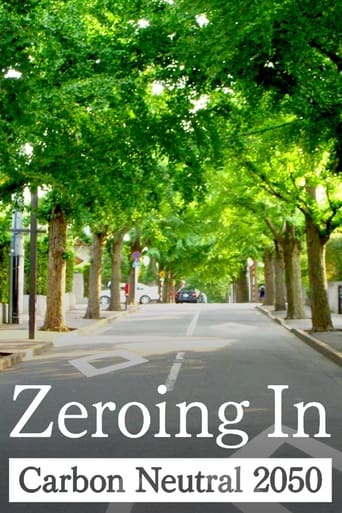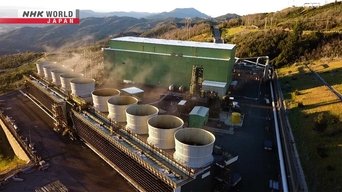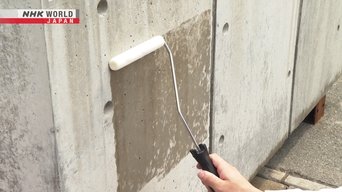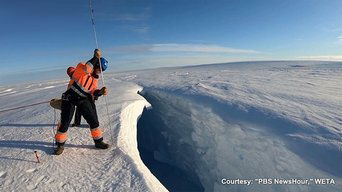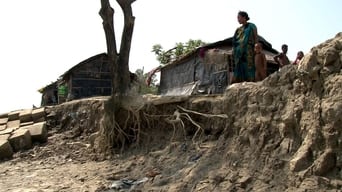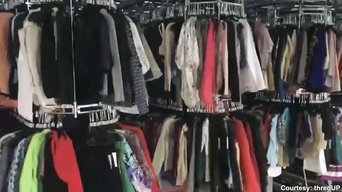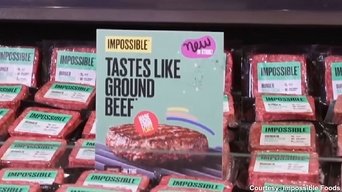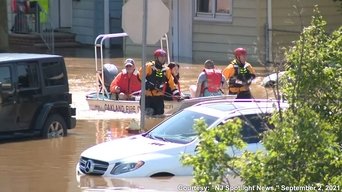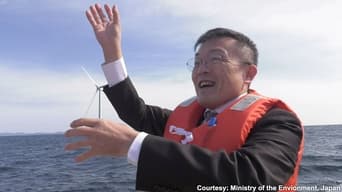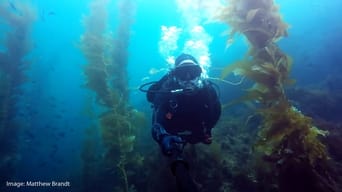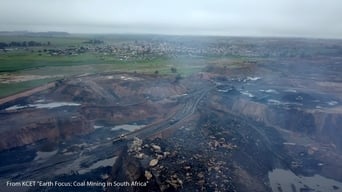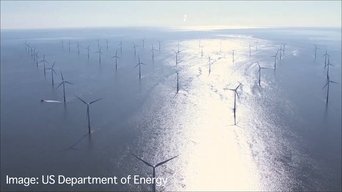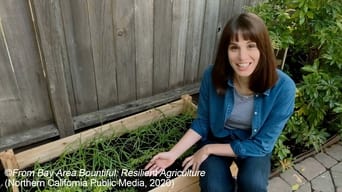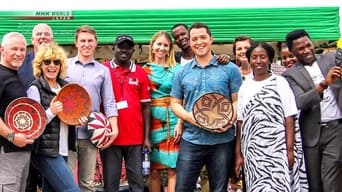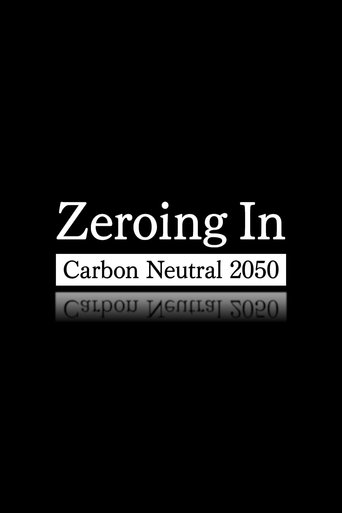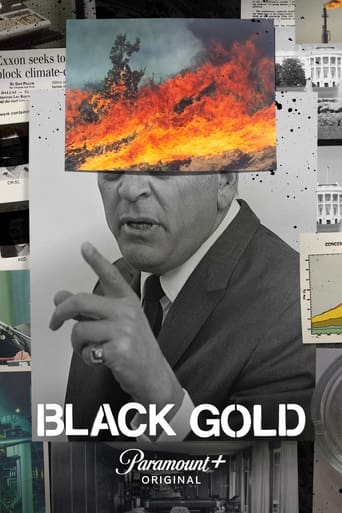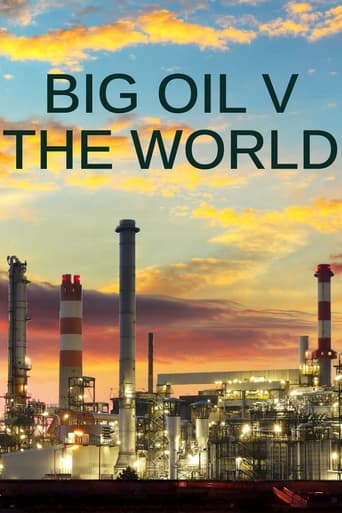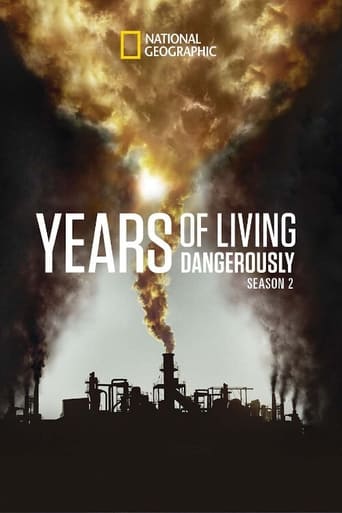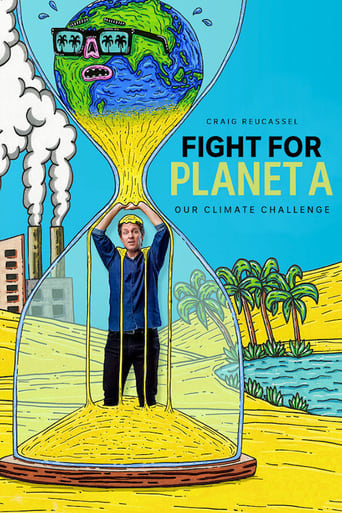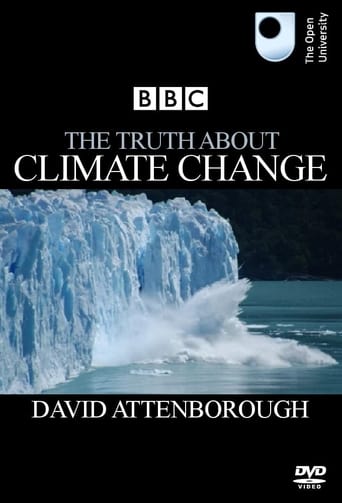Zeroing In: Carbon Neutral 2050 Season 1
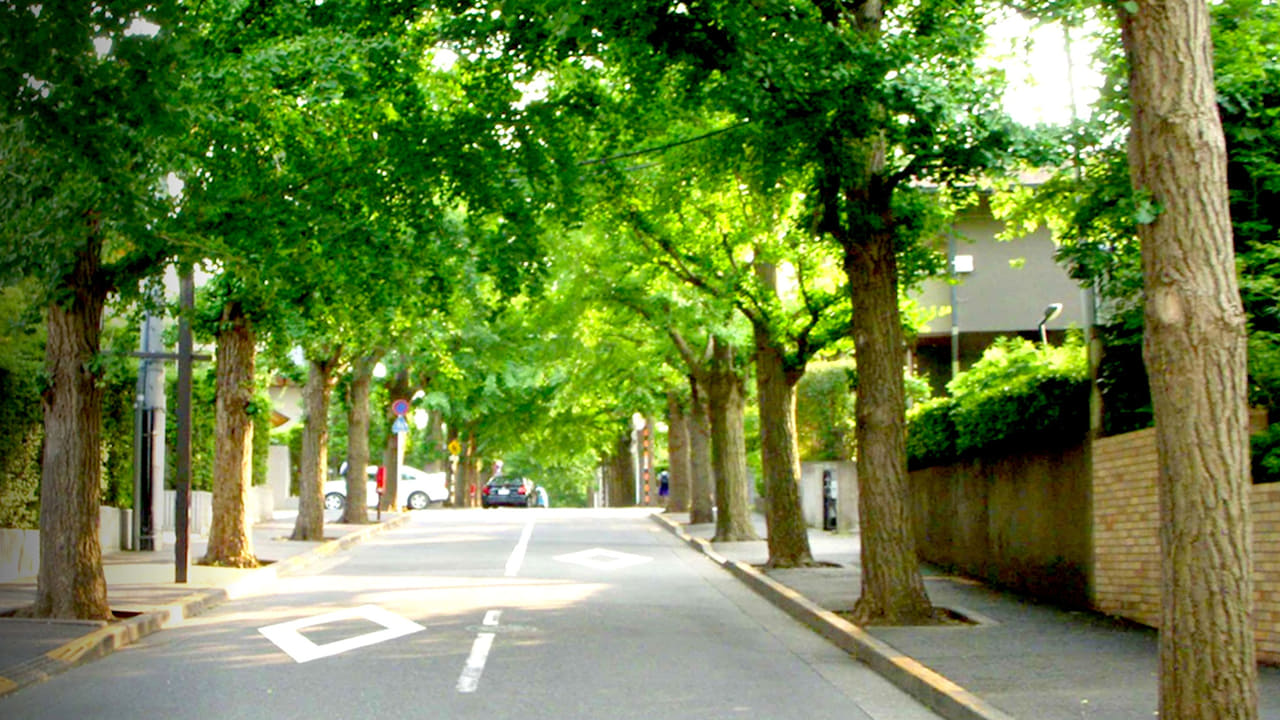
Climate change is everyone's problem, but the devastating effects aren't felt evenly. In partnership with a US public broadcaster, we zero in on protecting the most affected people and areas, or MAPA.
Watch NowWith 30 Day Free Trial!
Zeroing In: Carbon Neutral 2050
2020
Climate change is everyone's problem, but the devastating effects aren't felt evenly. In partnership with a US public broadcaster, we zero in on protecting the most affected people and areas, or MAPA.
Watch Trailer
With 30 Day Free Trial!
Zeroing In: Carbon Neutral 2050 Season 1 Full Episode Guide
Hydrogen fueled the early combustion engine and propelled we humans to the moon. But the story doesn't end there. Scientists around the world are now bringing it back in from the cold to fight global warming. From powering public transport to producing electric vehicle batteries out of waste, hydrogen's potential for once again changing the game is huge. Together with a US public broadcaster, we meet the people ushering in an all-new, all-clean era for this most abundant of natural elements.
Trees don't just add a welcome splash of green to our cities. They absorb CO2, restore biodiversity, improve our wellbeing, and even lower outdoor temperatures in the most concrete-heavy parts of town. Together with a US public broadcaster, we look at what's being done to ensure "urban forests" play a bigger part in the fight against climate change. From San Francisco's stunning Tunnel Tops, to the tiniest of gardens in suburban Tokyo, this movement takes many forms. All are equally inspiring.
More people around the world are warming to the idea of geothermal energy in the race to help keep our planet cool. If harnessed with care, the vast amount of heat below our feet is clean, stable and virtually inexhaustible. In this episode of Zeroing In, we visit a Japanese community where the locals make full use of the steam rising from below, while our partners at Northern California Public Media cover a pioneering geothermal project in which wastewater becomes a real environmental asset.
City dwellers often refer to life in the "concrete jungle," but most probably aren't aware of the fact that cement accounts for 8% of global emissions. Innovative efforts are underway to decarbonize the industry, so that the infrastructure and architecture we rely on can help to provide a greener future. In partnership with a US public broadcaster, we zero in on some of the researchers who are pushing the boundaries by turning alternative materials into actual building blocks.
Scientists who venture to the most perilous parts of Antarctica tell us the massive "Doomsday Glacier" is melting at an unprecedented pace. Our carbon emissions are having a potentially catastrophic effect on the world's sea levels, and we are in a race against time to avoid a global average temperature rise of 1.5 degrees Celsius by the year 2025. Entrepreneurs and researchers lead the way with innovative attempts to both reduce and capture CO2, but the fight for our future is not theirs alone.
In Bangladesh, rising waves rob humble islanders of their livelihoods. In California, wildfires and heatwaves are unbearable for those without the means to protect themselves. And in Japan, floods force scores of elderly residents into temporary housing, away from their beloved communities. Climate change is overwhelmingly caused by a wealthy few, but felt more acutely by the Most Affected People and Areas, or MAPA. We find out why the answer to this crisis lies in listening to their voices.
From Milan to New York to Tokyo, the buzziest fashion statement is ... sustainability. One Italian brand is replacing nylon fiber with a material made from ocean plastic; a California consignment shop is inspiring a generation of thrifters to reduce their carbon footprint; and a denim shop in Tokyo's ritziest neighborhood aims to make its operations carbon-neutral by 2050. We'll hit the ateliers and runways to see how cutting-edge designers are trying to keep us -- and our planet -- looking good.
Now on the menu: traditional beef, grass-finished beef, soy meat and ― possibly sometime soon ― even lab-grown meat. Thanks to a growing awareness of sustainability, more and more people are seeing how food choices have an impact not only on their health, but also on the health of the planet. We'll meet the ranchers, dairy farmers and food entrepreneurs who are exploring new ways to satisfy our appetite while cooling down our sizzling Earth.
People across the globe draw life from our oceans. They navigate over the surface. They're nourished by the creatures below. But many who live alongside them find themselves in troubled waters. They can see the threats through their windows: super hurricanes, torrential rains, flooding ... even on sunny days. Some innovators are redesigning low-lying areas to make them more resilient. Others are reconsidering rain as a resource. We'll plunge into these waters to see the perils, and the opportunities, beneath the surface.
Breezes blow all around us. They can drive communities, without polluting. And, year after year, it gets cheaper to use them to produce energy. So, people around the world are exploring new ways of catching the wind. Some believe projects, on and offshore, can breathe life into economies stifled by the pandemic. We'll meet innovators, corporations and governments harnessing the power as we learn which way the wind is blowing.
Our oceans help to feed us. They absorb heat from the sun and make it possible for us to live on this planet. But rising temperatures are changing the waters below the surface, warming our oceans, and killing creatures that live there. Scientists expect these marine heatwaves will become longer, more frequent and more severe. We'll dive into efforts to repair the damage and meet innovators who are trying to turn the tide.
Coal has fueled our economy for generations. We've used it to heat our homes, drive our trains and power our grids. Hotter summers pushed many countries away from this burning rock. But some depend on coal for their energy, their industries and their livelihoods. And they're finding it hard to let go. We'll mine how they can mitigate the damage, ease their dependence, and move on to more sustainable sources.
Innovators in California are always testing the boundaries of technology. Some are reimagining renewable energy as they recharge the grid. They're applying techniques used in gaming to power their businesses and their homes. They're drawing on the strength of the sun, driving turbines with the force of the wind, and reengineering how to harness the vitality of nature.
We affect the planet every time we drive our cars, heat our homes or turn on our lights. Many of us look to our forests and oceans to offset our emissions. We can also look ... to uncommon ground. Some farmers in California plant their crops while doing little to disturb the soil. We'll dig into no-till farming, and what they see beneath their feet. And we'll learn how each of us can lead change ... from our own backyards.
In the second episode, we look at how the food we eat impacts our climate. One model for change is found in Sonoma County, California, where people are finding ways to tend to their community by tending to the land.
Our first episode focuses on young people who are becoming empowered to fight for change. Julian Jordan is a young filmmaker in San Francisco who took up the cause of plastics polluting our oceans. And Silicon Valley entrepreneurs mentor young adults on creating businesses for a sustainable, greener future.
Free Trial Channels
Seasons


